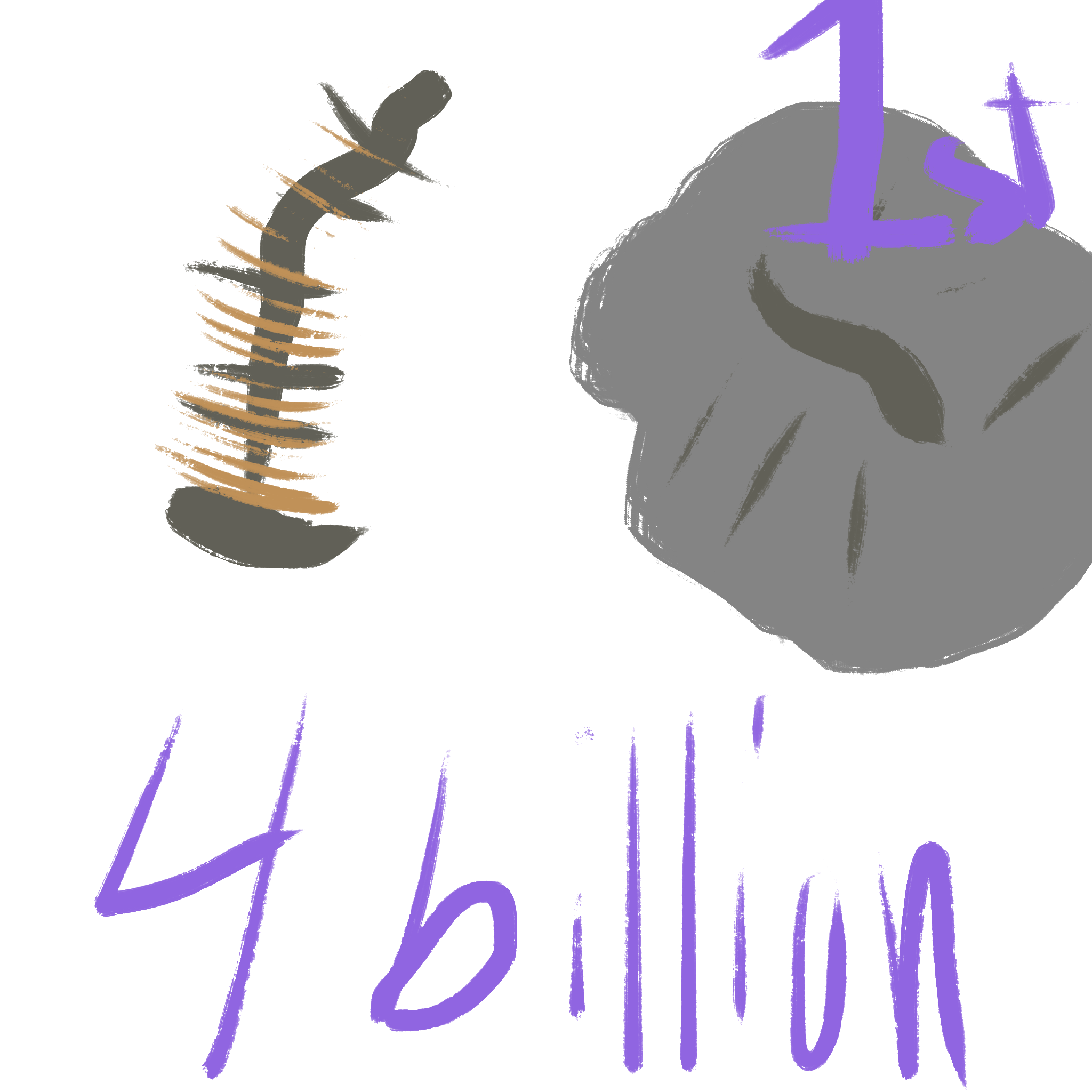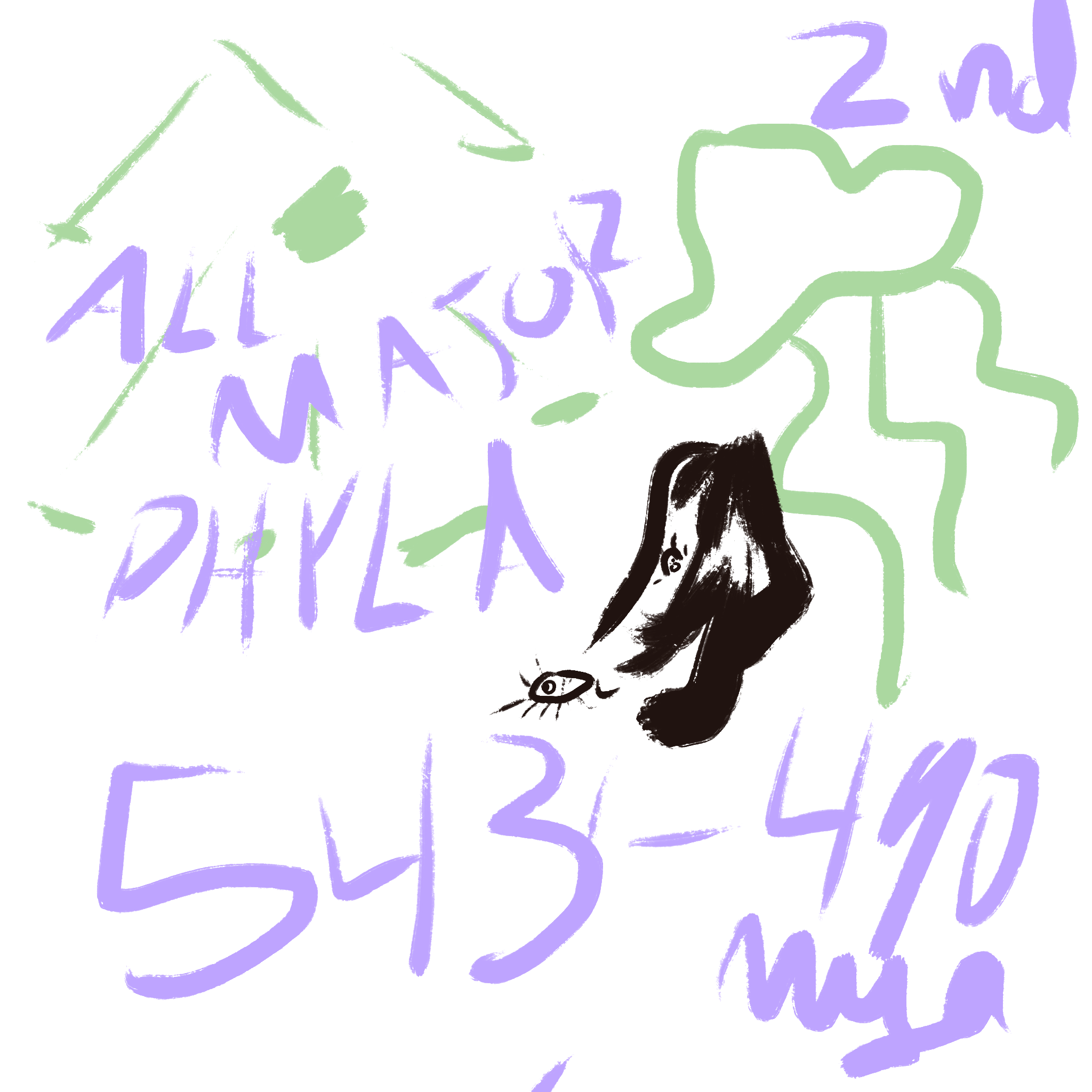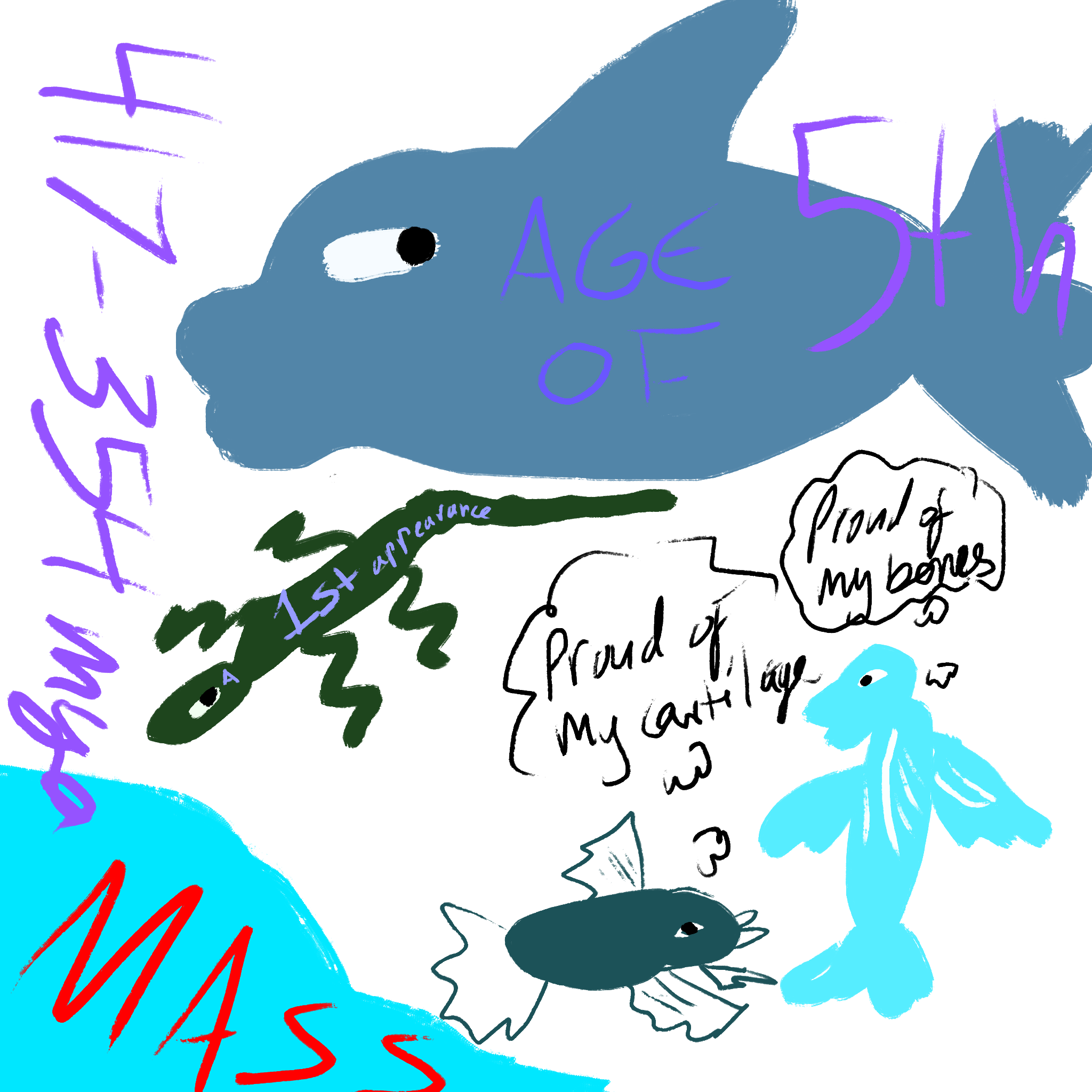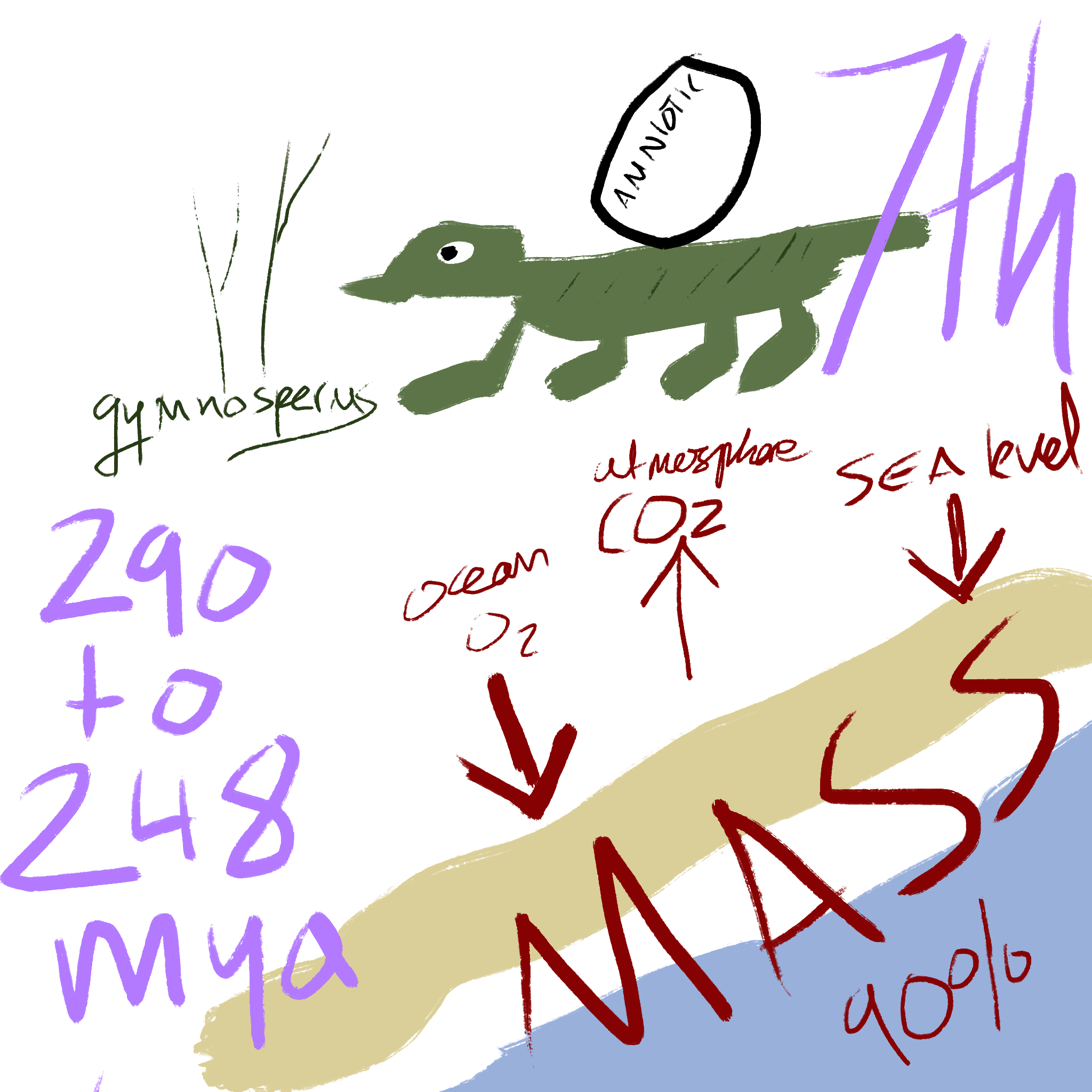Geologic TimeScale 1
1/8
Name | Mastery | Learn | Test | Matching | Spaced |
|---|
No study sessions yet.
9 Terms
Precambrian
Informal name for the eventful 4 billion years that preceded the Cambrian period
Edicarian organisms left no know modern descendants + hard to tell their shape
Happened first

Cambrian period
543-490 Mya
Paleozoic period
Fossils of all major phyla of animals appeared within a few million years in the Cambrian seas
Algae, sponges, jellyfishes, worms, nautiloids, trilobites
The Burgess Shale - mudslide that preserved organisms from the period
Happened 2nd

Ordovician period
490-443 Mya
Paleozoic period
First vertebraes
Jawless fish, corals, clams, sponges, algae present
Ended with a mass extinction killing many marine invertebrates
Gondwana headed for the South Pole
Happened 3rd

Silurian period
443-417 Mya
Paleozoic period
First plants with specialized water and mineral conducting tissues; the vascular plants evolved during this period along with terrestrial animals
Also fungi and jawed fish
Happened 4th

Devonian period
417 to 354 mya
Paleozoic period
“Age of fishes”
Fishes with bones or cartilage skeletons
Toward the end, the first amphibians appeared
Mass extinction of marine life marks the end of this period; life on land was majorly spared
Scorpions and millipedes lived on Earth
Ferns, horsetails, seed plants
Lobe-finned fish
Happened 5th

Carboniferous period
354 to 290 mya
Paleozoic period
“Age of amphibians”
Eventually gave rise to reptiles
Foraminiferans, bryozoans, ferns, insects were abundant and flourishing
“Carboniferous” means coal bearing; plants died at the end of this period, creating coal
Happened 6th

Permian period
290 to 248 mya
Paleozoic era
Seed plants called gymnosperms and reptiles became more prevalent
Reptiles introduced new adaptation - the amniotic egg (embryo can develop on completely dry land)
Ended with a mass extinction that wiped out more than 90% of species in shallow areas of the sea; possibly due to drop in sea level, CO2 of organic molecules accumulation in the atmosphere, depleting O2 supplies in the ocean
Happened 7th

Ostracoderms
Jawless fish
Placoderms
Jawed fish that became extinct at the end of the Devonian period